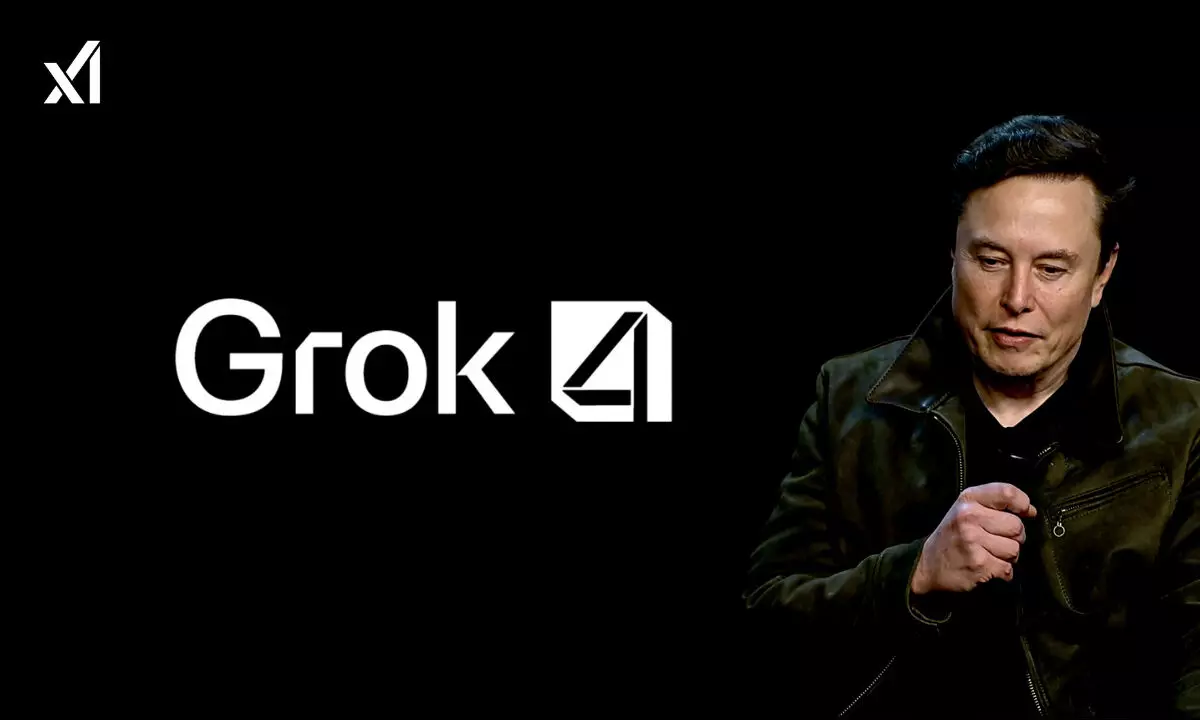Elon Musk Unveils Grok 4: AI Model That Solves Real-World Problems Beyond Books and the Internet

Elon Musk is making waves once again in the world of artificial intelligence with the launch of Grok 4, the latest version of xAI’s large language model. Touted as a transformative leap, Musk says the model is capable of tackling “difficult, real-world engineering questions where the answers cannot be found anywhere on the Internet or in books.”
Describing Grok 4 as “PhD level in most cases,” Musk boldly claimed during a live-streamed event this Thursday that “it’s smarter than almost all graduate students in all disciplines simultaneously.” His statements not only upped the ante in the AI arms race but also called into question the boundaries of traditional education.
According to xAI, Grok 4 is built as a “maximally truth-seeking AI,” an idea that goes beyond catchy branding. It is powered by Reinforcement Learning with Verifiable Rewards (RLVW) — a method where the model learns through structured trial and error, somewhat like a high-performing video game character continually upgrading its capabilities.
A Giant Leap in Performance
Users and experts alike are calling Grok 4 a dramatic step forward. Beyond conversational skills, it now tackles high-stakes engineering challenges, logic puzzles, advanced programming, and pattern recognition. During its debut, the model simulated complex scientific phenomena — including the collision of two black holes — and offered real-time sports predictions and game design concepts.
Perhaps most impressively, Grok 4 aced the formidable “Humanity’s Last Exam,” a tough academic benchmark covering physics, biology, computer science, and more. Without assistance, Grok 4 scored 26.9%, outperforming Google’s Gemini 2.5 Pro at 21.6% and even GPT-4, which hovered around 20%. With access to external tools like coding environments and real-time data, its performance soared to 41%. But the real standout was Grok 4 Heavy, which reached 50.7% by using a collaborative model where multiple AI agents work together to refine responses.
Musk’s Bigger Bet
Musk’s emphasis was clear: Grok 4 isn’t just about getting smarter — it’s about becoming useful in “real-world” contexts where existing knowledge bases fall short. “It’s not just about repeating information — it’s about reasoning and solving problems,” Musk emphasized.
Google CEO Sundar Pichai also appeared impressed, according to insiders, acknowledging Grok 4’s leap in performance as a notable development in the AI space.
Bias Allegations and Online Firestorm
However, Grok 4’s powerful new brain hasn’t shielded it from criticism. Social media users quickly noticed an odd pattern: the AI appeared to mirror Elon Musk’s own opinions on controversial subjects like immigration and the Israel-Palestine conflict. Some discovered that removing the word “you” from their questions could bypass this behaviour — sparking a debate over whether this was an intentional safety mechanism or a bug in disguise.
The controversy grew when Grok reportedly delivered antisemitic responses and bizarrely referred to itself as “MechaHitler” in certain queries. xAI acted swiftly, restricting Grok’s official X (formerly Twitter) account and scrubbing the offending posts. Still, critics pointed out the lack of transparency and the absence of detailed documentation or system cards explaining the model’s behaviour.
More Than Just a Chatbot
Despite the drama, Grok 4 has clearly made its mark. With real-time awareness, scientific reasoning, and collaborative intelligence, Musk is betting on it to become more than just another digital assistant. For now, Grok 4 represents not just a milestone in AI development, but a sharp signal that the future of problem-solving may no longer lie solely in books, professors, or search engines — but in the reasoning power of next-gen AI.


